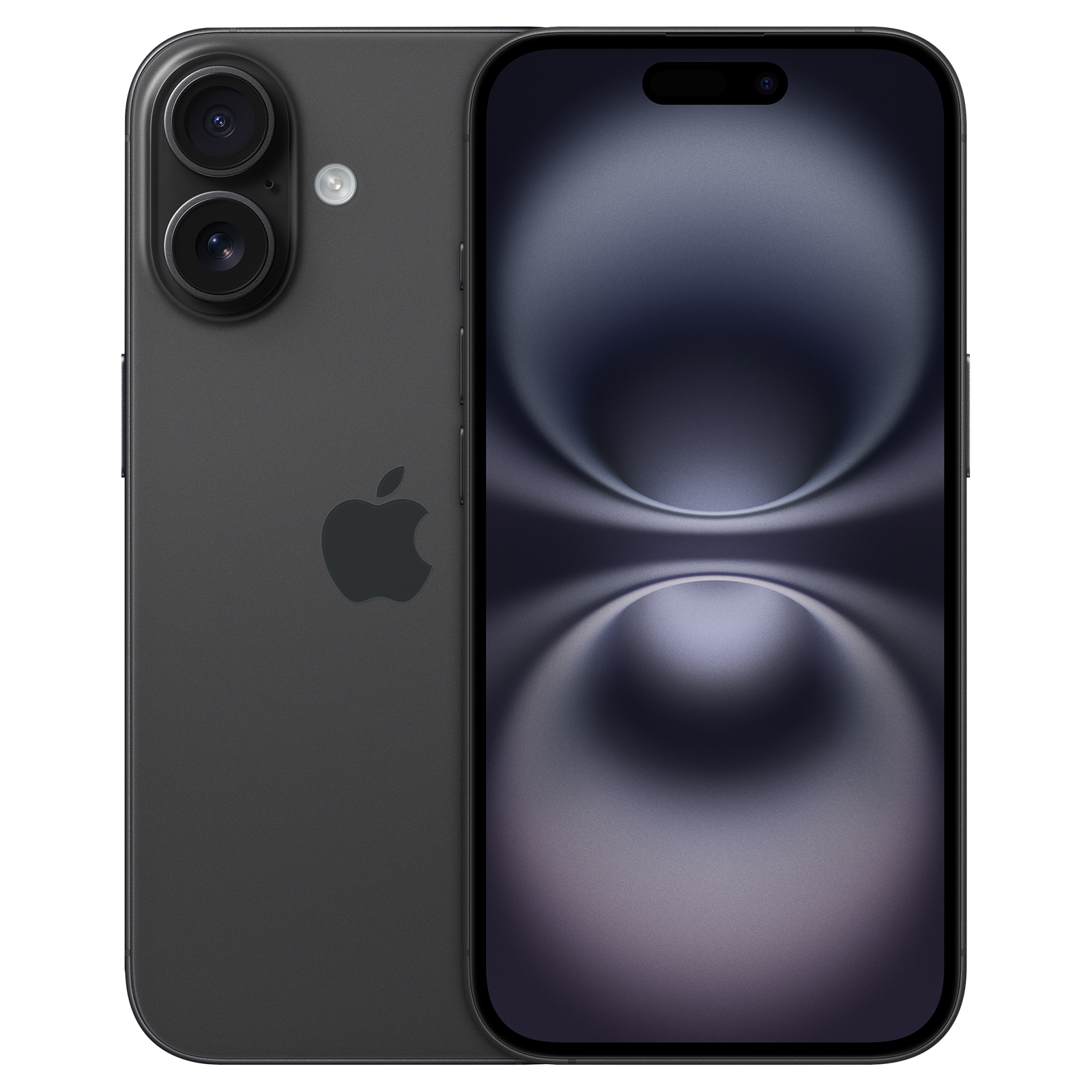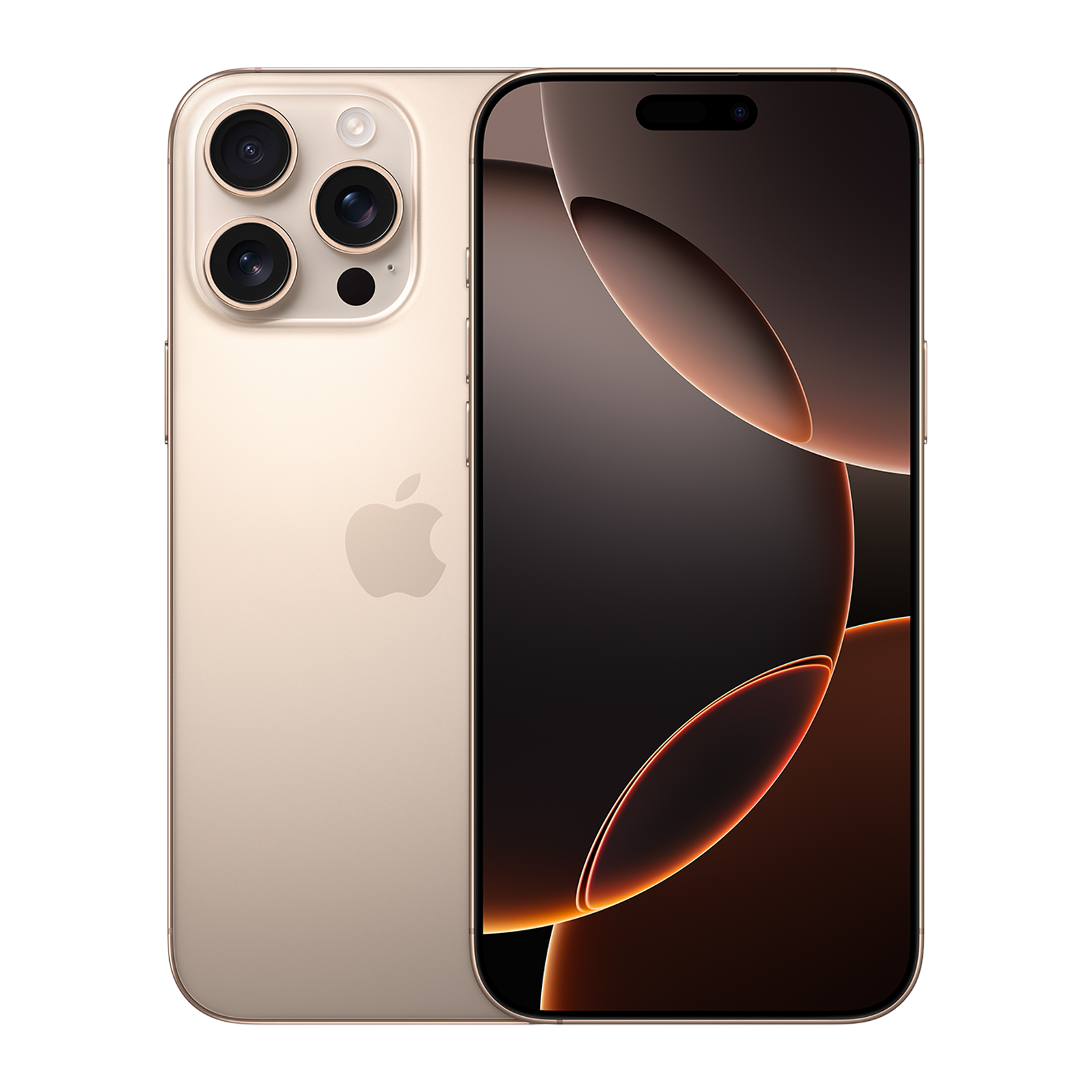Apple’s ecosystem is perfect for those looking for devices that communicate well with each other. Despite the strong ecosystem, it was a chore to transfer files and information from an iPhone to a Mac. While it has become as easy as connecting your iPhone to your Mac via Finder and accessing all your files, iPhone users had to put up with downloading additional software to transfer files without using iTunes.
With the release of macOS Catalina in 2019, Apple made the Finder one of the ways iPhone users can sync their device with a Mac. Finder allows iPhone users to sync, back up, and manage their iPhone data directly. While Finder makes it easy to sync files, there are times when it doesn’t work. If your iPhone isn’t showing up in Finder, here’s what you can do.
iPhone Finder: iCloud backup and data management
Before we get to the key steps to follow when your iPhone doesn’t show up in Finder, it is essential to understand how Finder, iPhone, and iCloud work together. While macOS Catalina transitioned iPhone users from iTunes to Finder as an effortless way to find and sync files between iPhone and a Mac, it also came with additional restrictions.
Your iPhone will not show up in Finder if you have iCloud backup enabled on your phone. Apple has designed macOS in such a way that it gives priority to cloud backups over local ones, and since Apple devices are excellent at keeping files synced between them, iCloud backup will give you access to your files effortlessly. It is also the case with Wi-Fi syncing where the Finder won’t show your iPhone under “Locations” unless you manually enable it.
iPhone not showing in Finder: How to fix
The first step to consider if your iPhone doesn’t show up in Finder is to check if your Mac’s USB ports are working properly. You can do this by unplugging every device connected to your Mac and then testing each port. This would help identify whether there is any hardware issue, and if you are still unable to find your iPhone then you might want to check if your iPhone appears in the System information rundown first. Here’s how you can do it:
- Step 1: Plug your iPhone into your Mac.
- Step 2: Click the Apple logo on your Mac.
- Step 3: While holding down the Option key, click System Information.
- Step 4: Click USB in the sidebar
ALSO READ: Evolution of the iPhone: How Apple built the poster boy for smartphones
If your iPhone appears in the System Information then the issue is not your Mac but macOS and you can probably fix this issue by updating your Mac’s operating system. If you are still unable to see your iPhone in Finder, here’s how you can fix it.
- Step 1: Plug your iPhone or iPad into your Mac.
- Step 2: Click Finder in the Menu bar.
- Step 3: Navigate to Preferences.
- Step 4: Click the Sidebar and click the checkbox next to CDs, DVDs, and iOS devices. If this box is already checked, uncheck the box and wait a few seconds before clicking on the box.
Once you have checked this box again, wait a few minutes to see if your iPhone appears in the sidebar of Finder under Locations. It is always recommended to take iCloud backup for your device since it makes it easier to find all your photos and data on your Mac or other devices without having to worry about whether your iPhone will appear in Finder.
Unleash your inner geek with Croma Unboxed
Subscribe now to stay ahead with the latest articles and updates
You are almost there
Enter your details to subscribe

Happiness unboxed!
Thank you for subscribing to our blog.
Disclaimer: This post as well as the layout and design on this website are protected under Indian intellectual property laws, including the Copyright Act, 1957 and the Trade Marks Act, 1999 and is the property of Infiniti Retail Limited (Croma). Using, copying (in full or in part), adapting or altering this post or any other material from Croma’s website is expressly prohibited without prior written permission from Croma. For permission to use the content on the Croma’s website, please connect on contactunboxed@croma.com
- Related articles
- Popular articles




















Karthekayan Iyer
Comments